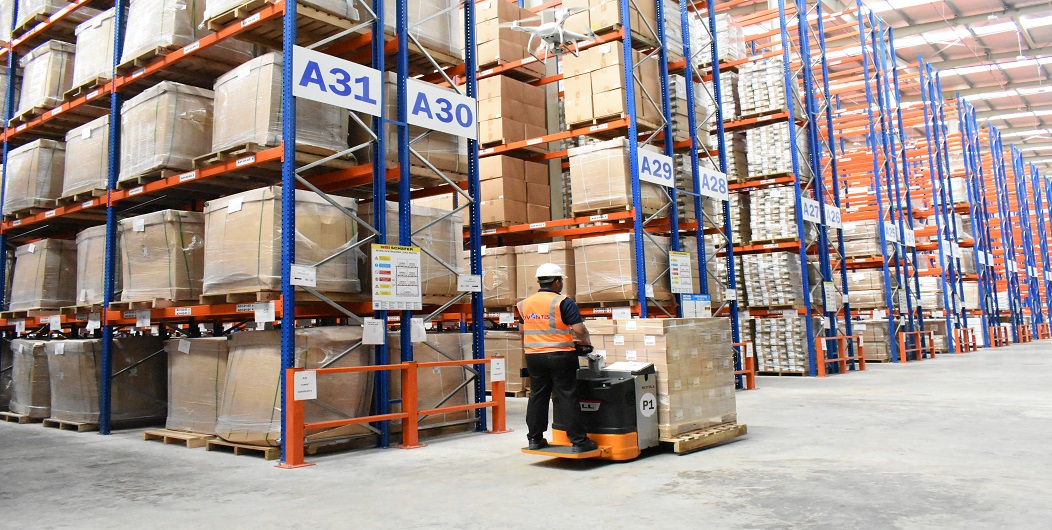
To reap the maximum benefit of Sri Lanka’s strategic location in the Indian Ocean and its increasing shipping volume, Sri Lankan government has introduced a series of legislations facilitating commercial hub operations.
View Commercial Hub Regulations
The commercial hub regulations were introduced to facilitate entrepot trade, offshore business, front end services, headquarter operations, and Logistic Services. The regulations also declared free ports and bonded areas, which are legally excluded from Sri Lanka customs’ territory although they are geographically situated within the country.
Establishment of commercial hubs in Sri Lanka allows global stakeholders to import various raw materials or finished goods excluding restricted items through green channel with minimum intervention of Sri Lanka customs enabling a smooth movement of products ranging from simple storage, and value-added solutions to manage complex supply chain operations in a regional or global scale.
The designated free ports and bonded areas under commercial hub regulations include;
Under the Commercial Hub Regulation No. 1818/ 30 issued in the year 2013, Sri Lanka offers a series of commercial hub operational services including:
Sri Lanka is the leading maritime hub of the South Asian region. The ports in Colombo and Hambantota conveniently connect cargo travelling to and from Europe, East and South Asia, the Persian Gulf and East Africa. Moreover, The Indian Ocean is emerging as one of the busiest East-West trade corridors. A large portion of the global bulk shipping trade, including petroleum products and coal transit across this region, are transported through the Indian Ocean and Sri Lankan seaports are conveniently located on the centre of the Indian Ocean’s naval routes and in the path of the ‘One Belt One Road’ (OBOR) initiative launched by the China Merchants Group, a state-owned corporation. Conveniently positioned amidst the trade routes that connect Singapore, Dubai, and India, Sri Lankan ports can link Indian ports with the global trade routes.
The Colombo and Hambantota ports in Sri Lanka houses deep-water terminals capable of handling large vessels with more than 22,000 twenty-foot equivalent units (TEUs) capacity. The Colombo Port is one of the busiest container ports in the region and the deepest port in South Asia with the ability to handle large container vessels while also being the most efficient with a lead time clearance of one day. Sri Lanka’s Hambantota Port has a unique geographical advantage that most of its neighbouring ports lack, namely, a deep-water coastline close to Indian Ocean Shipping Lanes, conducive to handle the world’s largest container ships and supertankers.
The Finance Act - Commercial Hub Regulation No. 1 of 2013 exempts commercial hub transactions from
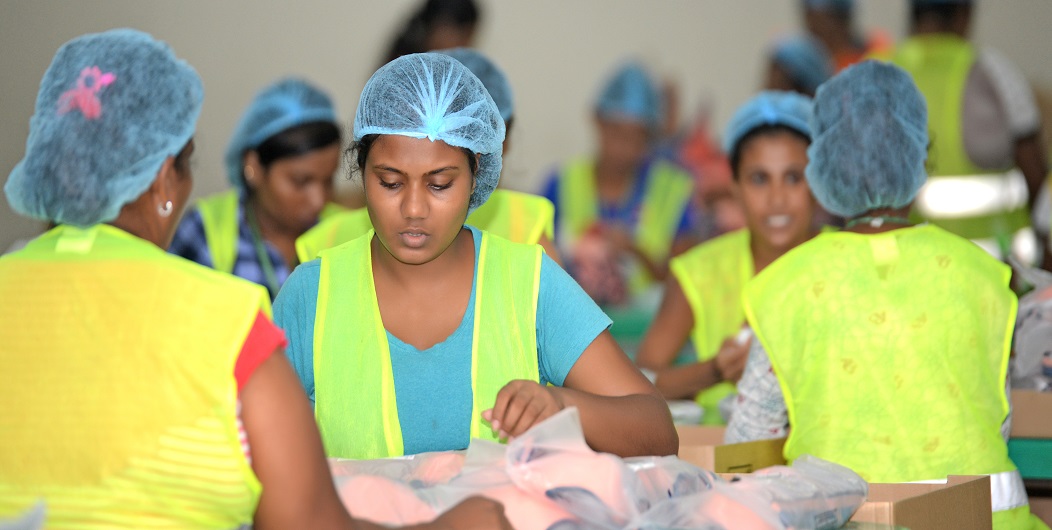
A highly skilled and agile workforce that has experience and qualifications in many an industry is Sri Lanka’s biggest advantage to the date. The country provides comprehensive tertiary education and vocational training through a network of public and private institutes, and the local workforce excels in providing services that are intricate, nimble and sophisticated like in the case of ICT, light engineering services and electronic services.
Although the country offers many conveniences and supportive finance and legal framework, the operational cost in Sri Lanka is significantly lower compared to other logistic hubs in the region with similar operational skills.
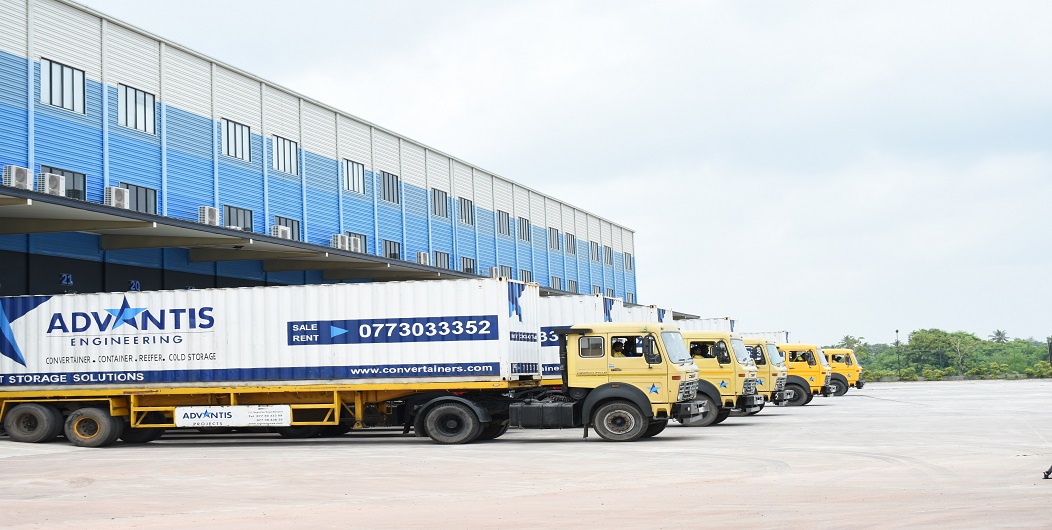
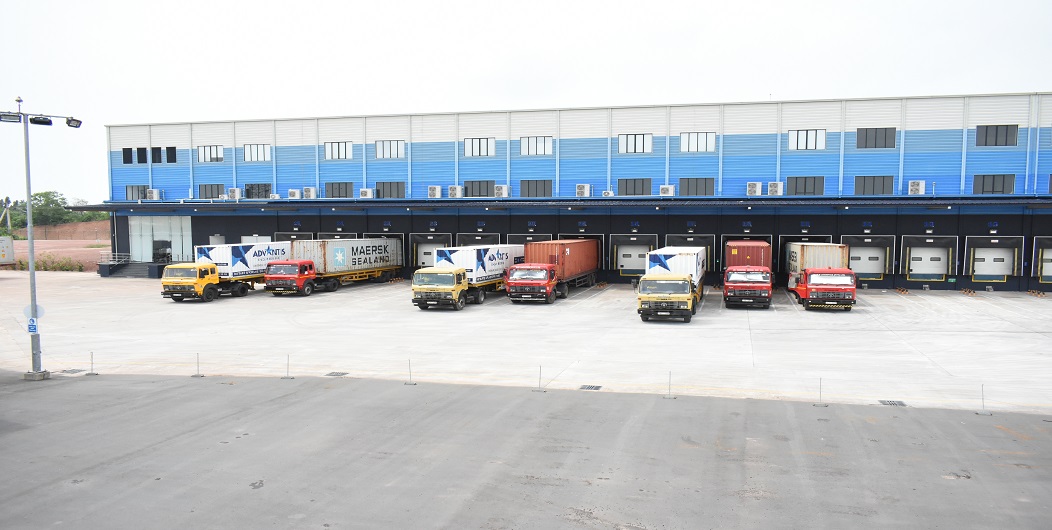
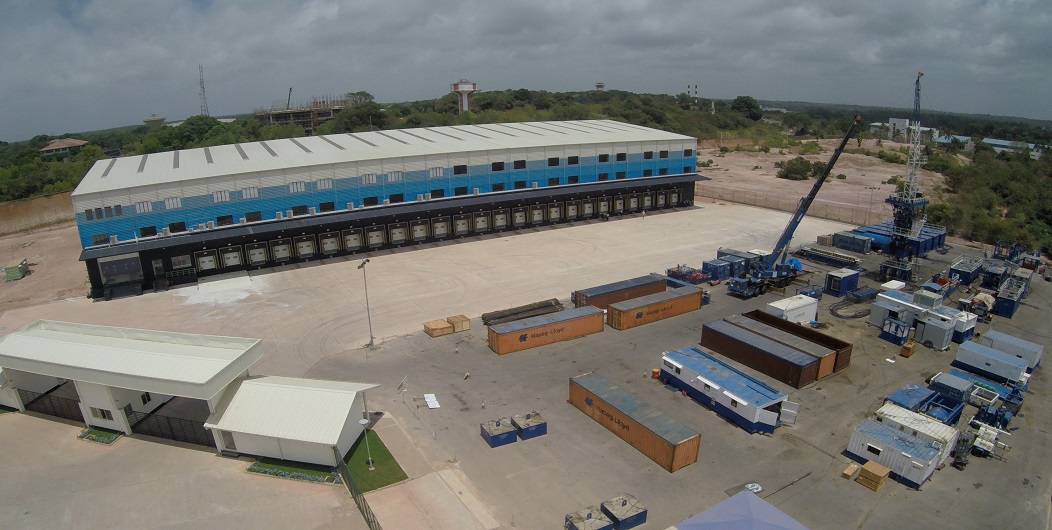

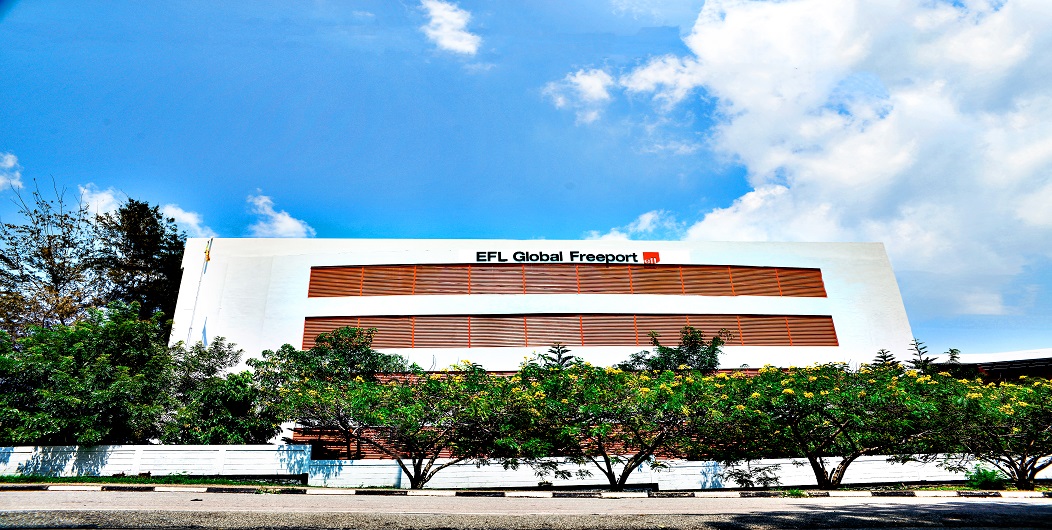
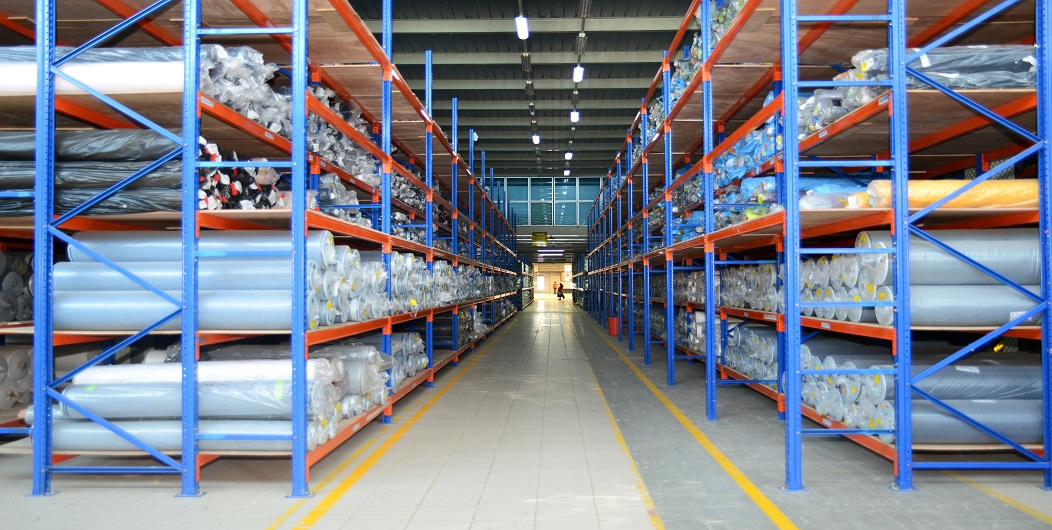
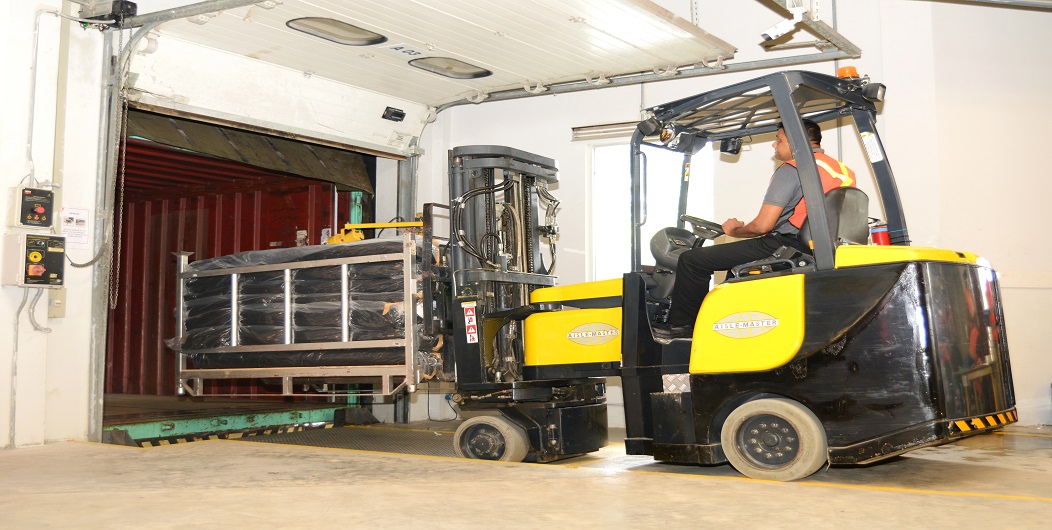
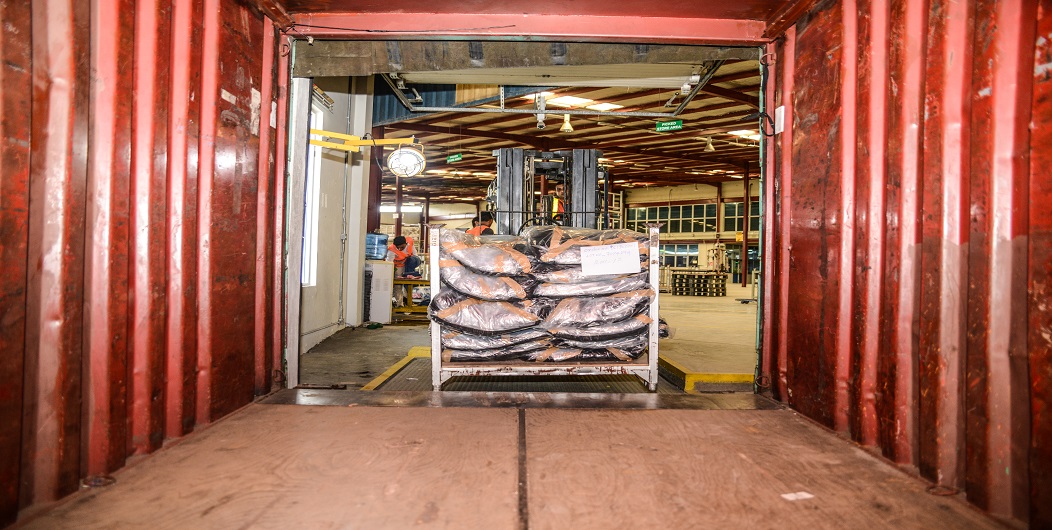
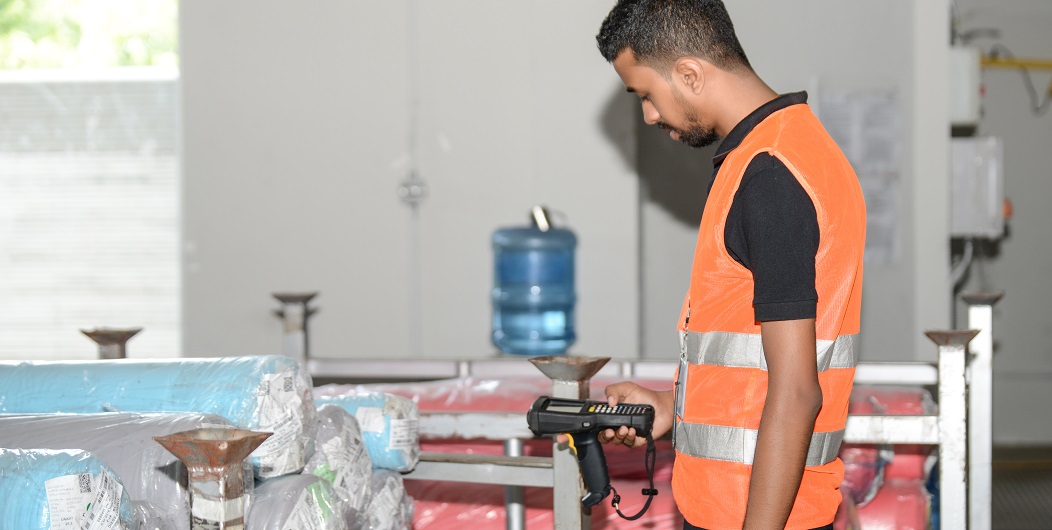
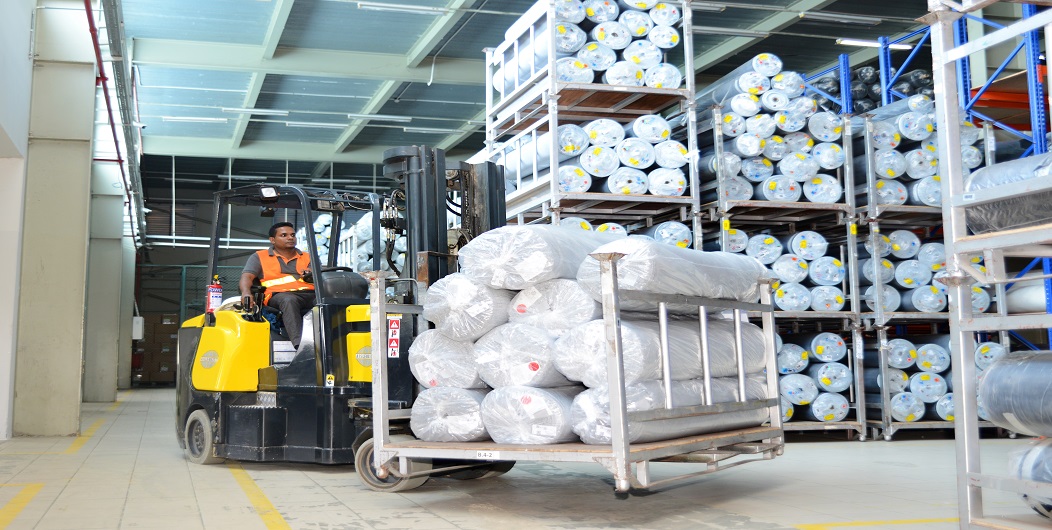
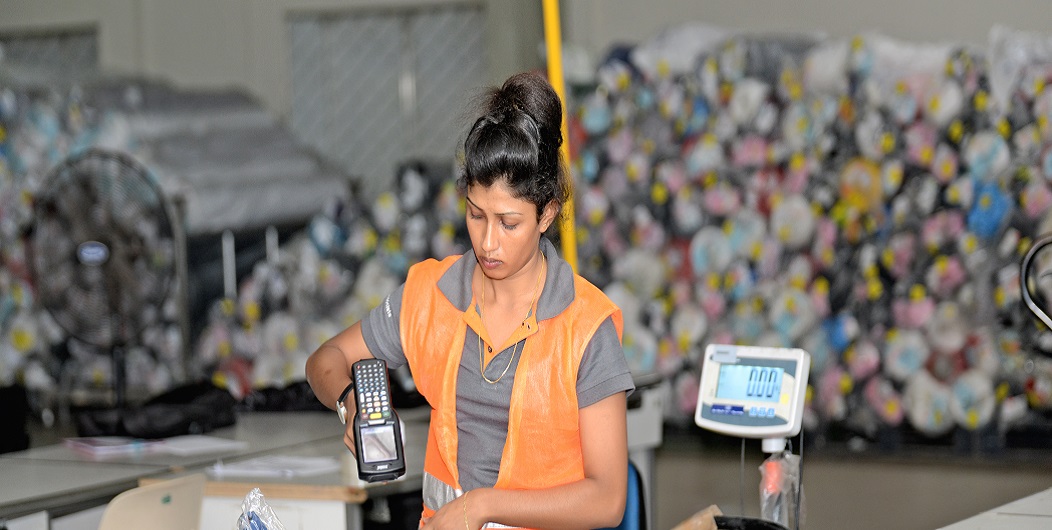
Sri Lanka practices a variety of trans-shipment methods including Hub-and-Spoke, Interlining/ Intersection, and Relay. Sri Lanka also provides auxiliary maintenance and replenishing services including dry and wet dock repairs, crew changes, supplying and replenishing victuals and water.